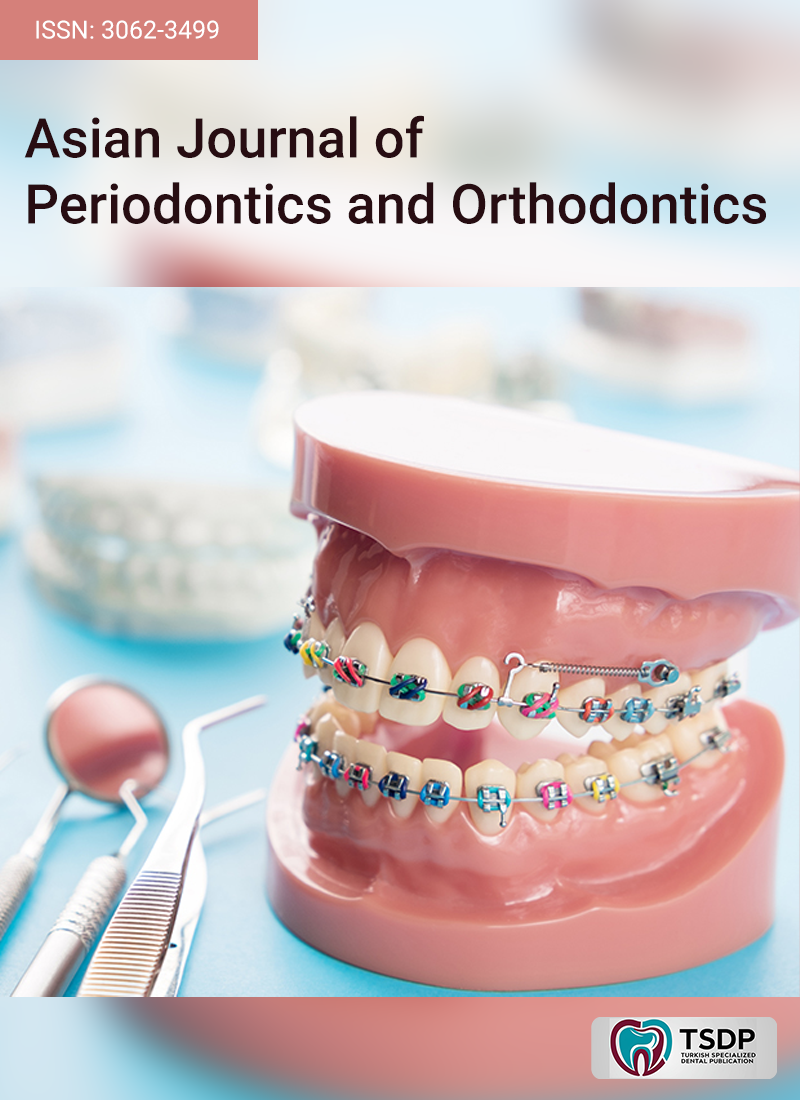
In periapical radiographs, the deviation of the apical foramen from the long axis of the anatomic apex is often invisible. In certain situations, it could be wise to use electronic apex locators or EALs. Conflicting findings were documented regarding the influence of the apical foramen's location concerning the anatomic apex on the accuracy of EALs. The present study aimed to clarify this possible influence. The cementoenamel junctions of 56 removed human maxillary and mandibular molars were decorated, and Gates-Glidden burs were used to flare the canals coronally. To find the actual canal length (ACL) under 4X, a K-file size 8 was inserted until its tip was level with the most coronal boundary of the apical foramen. After that, the file was taken out and evaluated with a digital caliper. The lengths were averaged after three attempts to determine the ACL. The target working length (TWL) was calculated by subtracting the ACL by 0.5 mm. The alginate was prepared fresh and used to implant the teeth. The operator wearing a blindfold affixed K-file size 8 to the file clip utilizing Root ZX mini, progressed it apically to the APEX mark, and then retracted it to the 0.5 mark. Following watering with 2 mL of 5% sodium hypochlorite, the file length was determined. The average of three iterations of this procedure allowed for the calculation of electronic working length (EWL). No significant distinction was observed between EWL and TWL in teeth with centered apical foramina (P = 0.053) and teeth with deviation (P = 0.246). The orientation of the apical foramen does not affect the accuracy of the Root ZX mini.